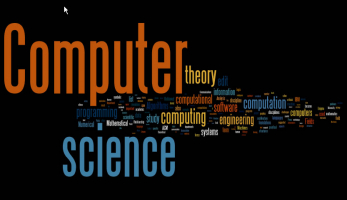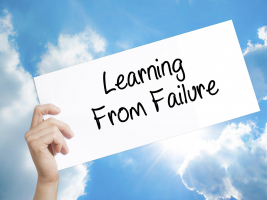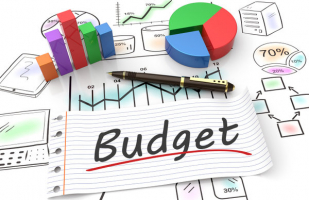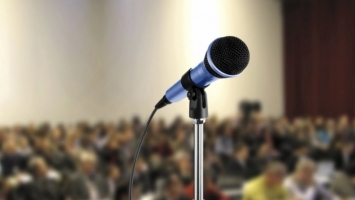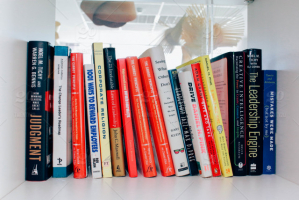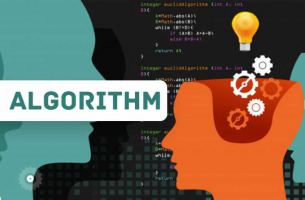Top 10 Best Books On Electronics
Because electronics is such a broad field, it can be difficult to select the best books on electronics to obtain practical experience for your project. Here ... read more...are some of the best books on electronics with outstanding educational content to help you expand your expertise.
-
Paul Horowitz is a physics professor at Harvard University, where he created the Laboratory Electronics course in 1974, which evolved into The Art of Electronics. He has written over 200 scientific articles and reports, advised extensively for industry and government, and designed various electronic and photographic tools.
Winfield Hill has worked for a variety of companies, including Harvard University's Electronic Design Center and Sea Data Corporation. He is currently the Rowland Institute for Science's Director of Electronics Engineering, where he has designed over 250 electronic equipment.
The third edition of the very successful The Art of Electronics has been extensively reviewed and updated. It is widely regarded as the most authoritative single book on electronic circuit design. In addition to new or improved coverage of many topics, the third edition includes 90 oscilloscope screenshots illustrating the behavior of working circuits, dozens of graphs providing highly useful measured data of the type that is often buried or omitted in datasheets but is required when designing circuits, and 80 tables (listing some 1650 active components) enabling intelligent choice of circuit components by listing essential characteristics (both specified and measurable).
The new Art of Electronics maintains the informality and ease of access that helped make previous versions so successful and popular. It is a must-have reference and the gold standard for anyone working with electronic circuits, whether a student or a researcher, a professional or a hobbyist.
Author: Paul Horowitz and Winfield Hill
Link to buy: https://www.amazon.com/dp/0521809266
Ratings: 4.8 out of 5 stars (from 1685 reviews)
Best Sellers Rank: #19,535 in Books
#2 in Circuit Design
#718 in Textbooks
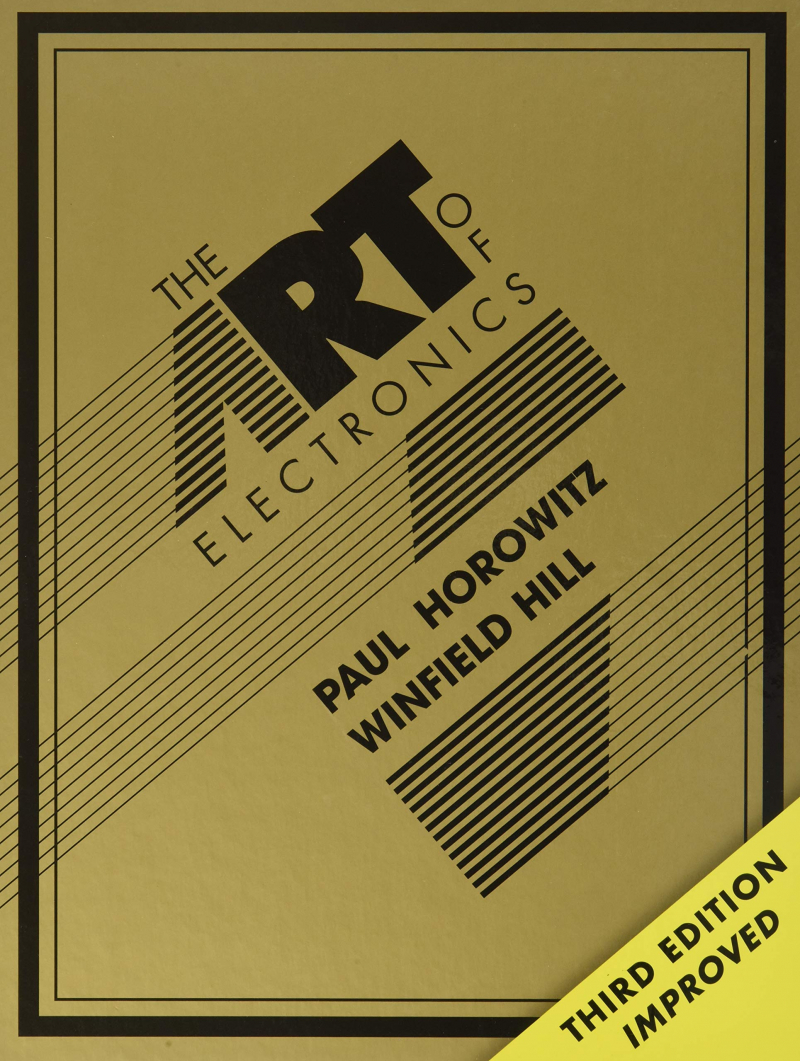
https://www.amazon.com/ 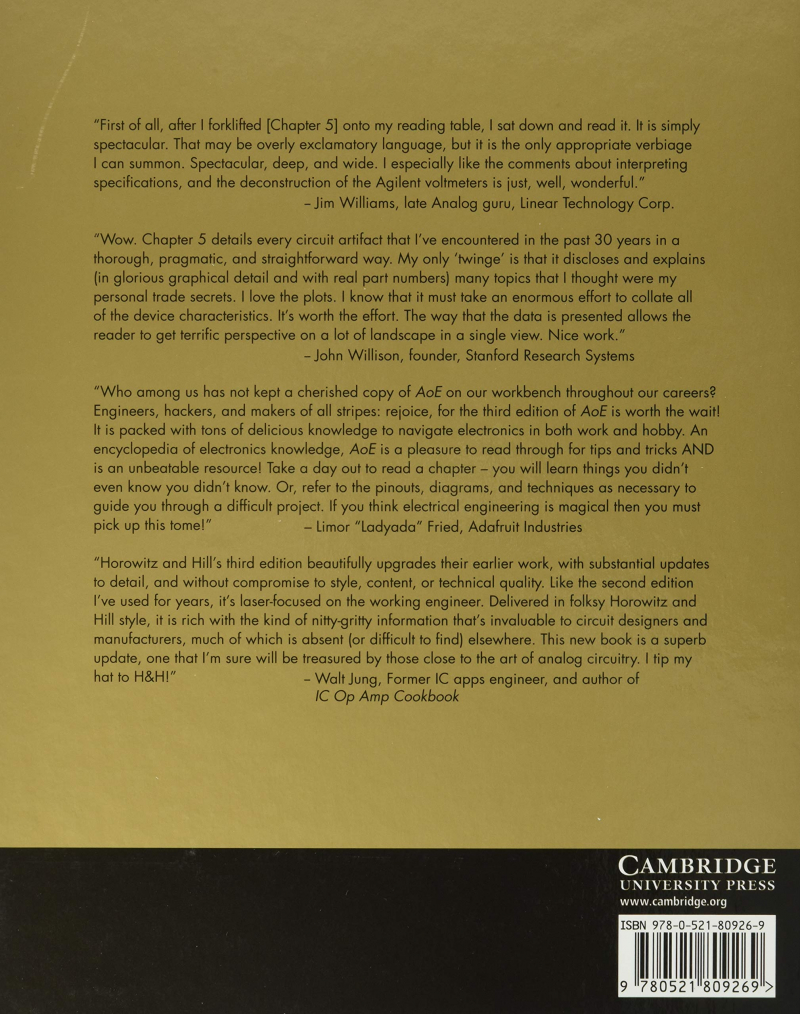
https://www.amazon.com/ -
Since the age of six, Michael Jay Geier has worked as an electronics technician, designer, and inventor. He disassembled anything he could get his hands on and quickly learned that how to put it back together was much more enjoyable. By the age of eight, he was running a local electronics repair firm that was featured in The Miami News.
With the help of this revised guide, you can repair all types of electrical equipment, from new digital electronics to analog antiques. How to Diagnose and Repair Everything Electronic, Second Edition, by a lifelong electronics specialist, provides professional insights, case studies, and step-by-step instructions. Learn how to setup your workstation, use cutting-edge testing equipment, identify and replace dead components, and handle reassembly. This do it yourself guide also includes instructions for specific devices such as stereos, MP3 players, digital cameras, flat panel TVs, computers, headsets, and mobile devices. It is regarded as one of the best books on electronics.
- Set up your workbench and select the appropriate tools.
- Maintain personal safety by using appropriate eye and ear protection.
- Understand how and why electrical components fail.
- Preliminary diagnoses should be made based on symptoms.
- Test equipment such as digital multimeters, ESR meters, frequency counters, and oscilloscopes should be used.
- Block, schematic, and pictorial diagrams must be interpreted.
- Product disassembly and identification
- Analyze circuits, find defects, and replace broken components.
- Reconnect cables and reassemble gadgets.
Author: Michael Geier
Link to buy: https://www.amazon.com/dp/0071848290
Ratings: 4.5 out of 5 stars (from 2011 reviews)
Best Sellers Rank: #20,516 in Books
#2 in Teen & Young Adult Electricity & Electronics
#3 in Circuit Design
#4 in Digital Design (Books)
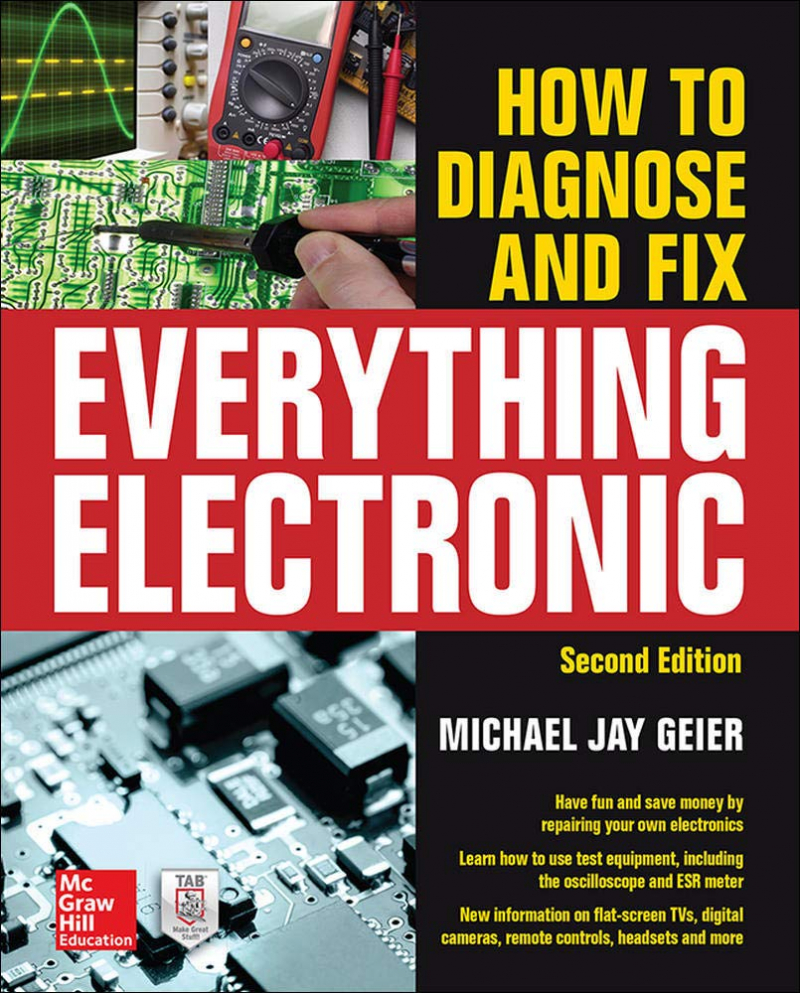
https://www.amazon.com/ 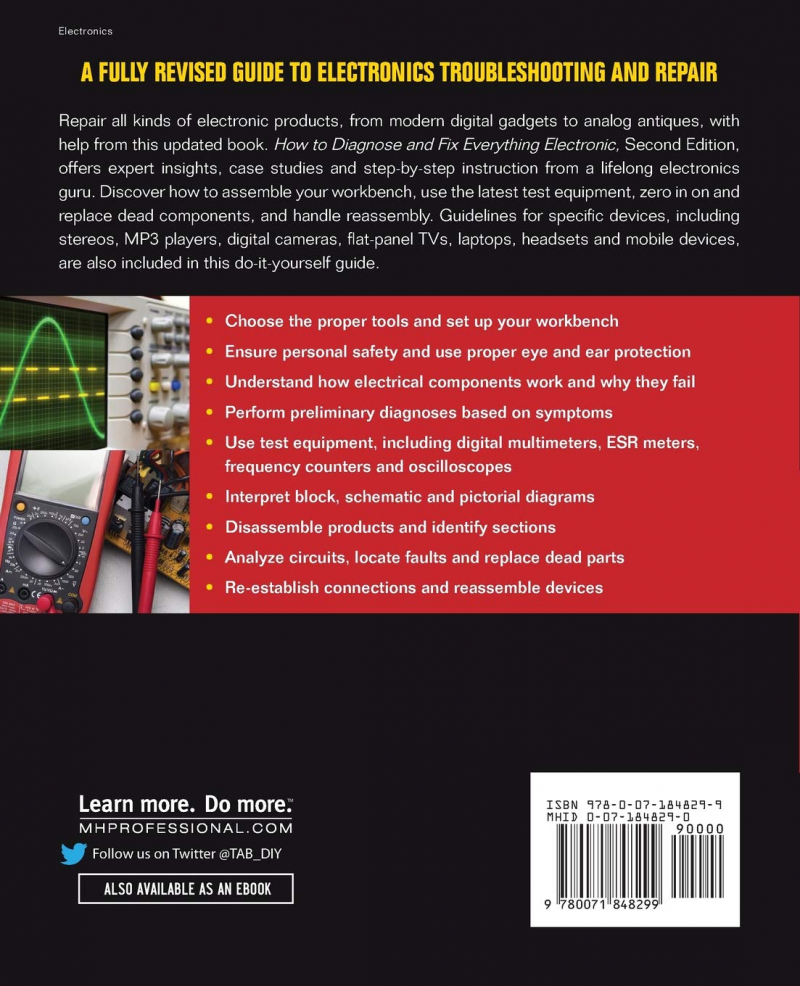
https://www.amazon.com/ -
Charles Platt is a Make magazine Contributing Editor and regular columnist who writes about electronics. He is the author of Make: Electronics, a highly successful beginning hands-on book, and is currently working on a sequel to that book, as well as volumes 2 and 3 of the Encyclopedia of Electronic Components.
Make: Electronics' initial edition set a new standard for introductory texts. This second edition improves upon the learning experience. Hundreds of images and illustrations in full color on every page present topics with unrivaled clarity.
Platt takes a hands-on approach throughout the book. You learn by creating simple circuits of your own. To show voltage, amperage, and electrical resistance, you begin by blowing a fuse or burning out an LED. "Burn things out, mess things up, that's how you learn!" states the cover. Basic switching circuits are the next step in the hands-on approach. A relay's sealed container can be opened to examine what's going on within. Components are depicted in 3D representations as they are plugged into a solderless breadboard. A straightforward circuit demonstrates how a capacitor stores and releases electricity.
While Make: Electronics reduces the amount of theory required, it does show you how to calculate the time constant of a capacitor using Ohm's Law and easy algebra. A purchase guide displays basic items such as pliers and a low-cost voltmeter. Color images of components such as transistors and capacitors help you identify them fast.
How transistors switch or amplify current is demonstrated by a simple "finger test." The book then shows you how to build functioning circuits to generate light and sound, which leads to a design for a simple intrusion alarm.
Platt comprises three chapters that demonstrate how to solder wires and construct a permanent circuit. However, soldering skills are not required for the remaining projects in the book.
You learn everything there is to know about integrated circuit chips, including how they function, what they perform, how they are identified, and where you can get them. Make your own oscillator and one-shot circuits, and learn how to connect timer chips. A simple circuit can put your reflexes to the test. Other circuits include a computer combination lock and a game in which participants race to be the first to press a button. To make electronic dice, there is a novel, simplified circuit.
Make: Electronics contains tips on organizing your workspace, storing parts, and purchasing extra tools if you desire to go deeper into the topic. The book's final section describes inductance and the components that utilise it, such as loudspeakers and a rudimentary AM radio. Finally, three chapters explain microcontrollers and include projects that can be done with an Arduino.
This book is written with the assumption that you have no prior knowledge. It teaches each idea in great detail and is polite, patient, and entertaining. Readers ranging in age from 8 to 84 have sent positive responses. Over 200,000 copies of the book have been sold.
Author: Charles Platt
Link to buy: https://www.amazon.com/dp/1680450263
Ratings: 4.7 out of 5 stars (from 1292 reviews)
Best Sellers Rank: #89,916 in Books
#9 in Circuit Design
#14 in C Programming Language
#22 in C++ Programming Language
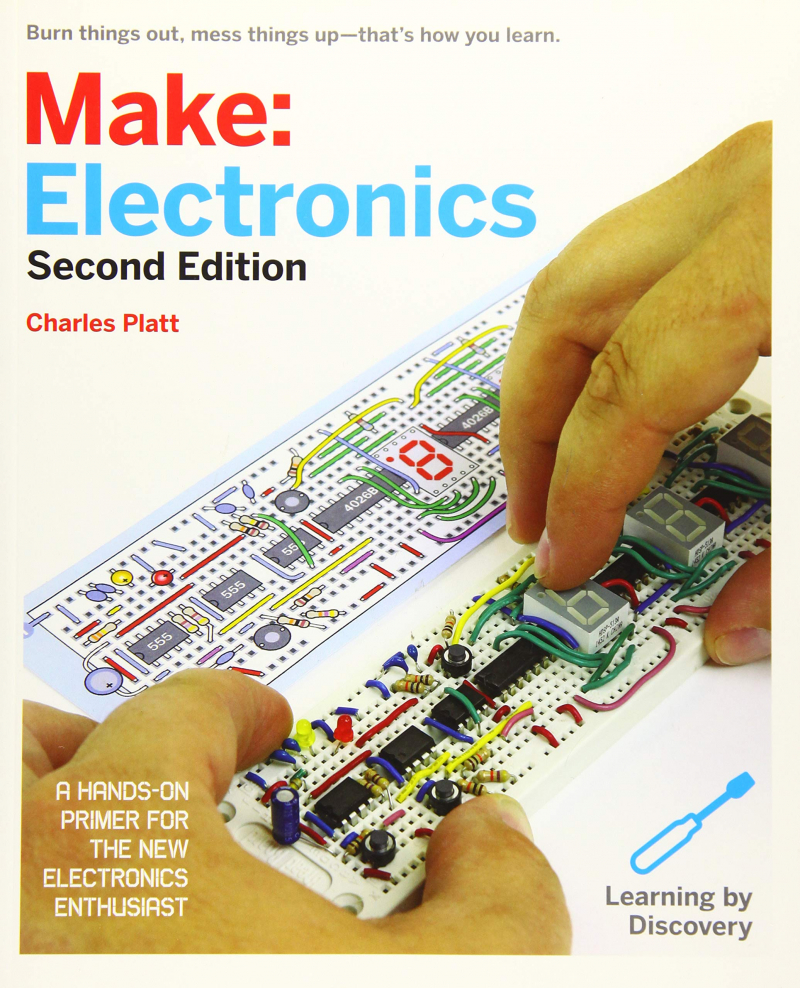
https://www.amazon.com/ 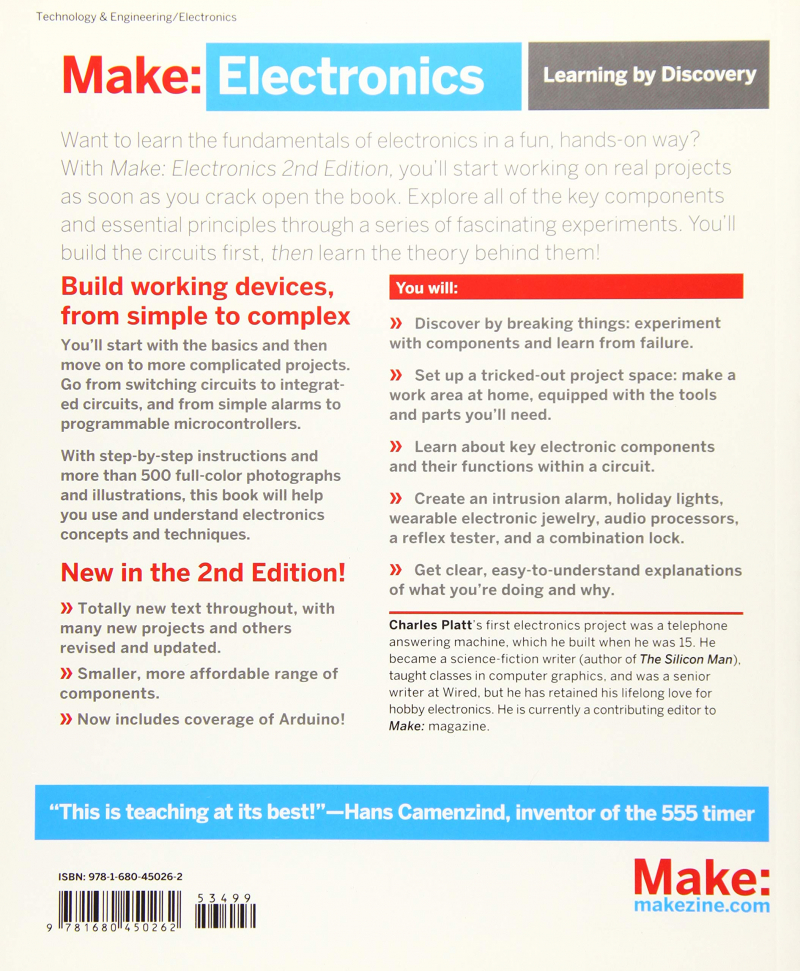
https://www.amazon.com/ -
Paul Scherz is a Systems Operation Manager who graduated from the University of Wisconsin with a B.S. in physics. He is an inventor/hobbyist in electronics, which he developed an interest in while working at the University's Departments of Nuclear Engineering and Engineering Physics and Plasma Physics.
Dr. Simon Monk holds a bachelor's degree in cybernetics and a doctorate in software engineering. Dr. Monk worked as an academic for several years before returning to industry to co-found the mobile software company Momote Ltd. He has been an active electronics hobbyist since his early adolescence and currently works as a full-time writer on hobby electronics and open source devices.
Improve your electronics knowledge and develop the abilities required to design and build your own working gadgets. Practical Electronics for Inventors, Fourth Edition, written by a pair of seasoned engineers and passionate enthusiasts, sets out the principles and includes step-by-step directions, schematics, and drawings. Learn how to choose the correct components, design and build circuits, use microcontrollers and integrated circuits, work with cutting-edge software tools, and test and improve your creations. This user-friendly book includes updated information on programmable logic, semiconductors, operational amplifiers, voltage regulators, power supply, digital electronics, and other topics.
The fourth edition of Practical Electronics for Inventors covers the following topics:
- Resistors, capacitors, inductors, and transformers are all types of electronic components.
- Diodes, transistors, and integrated circuits are all types of semiconductors.
- Solar cells, optoelectronics, and phototransistors
- Sensors, GPS modules, and touch screens are all available.
- Power supplies, op amps, and regulators
- LCD displays, digital electronics, and logic gates
- Prototyping platforms and microcontrollers
- Programmable logic, both combinational and sequential
- Stepper motors, RC servos, and DC motors
- Microphones, amplifiers, and speakers
- Prototypes and modular electronics
Author: Paul Scherz
Link to buy: https://www.amazon.com/dp/1259587541
Ratings: 4.7 out of 5 stars (from 1660 reviews)
Best Sellers Rank: #11,168 in Books
#1 in Semiconductors (Books)
#1 in Microelectronics
#1 in Logic Circuits
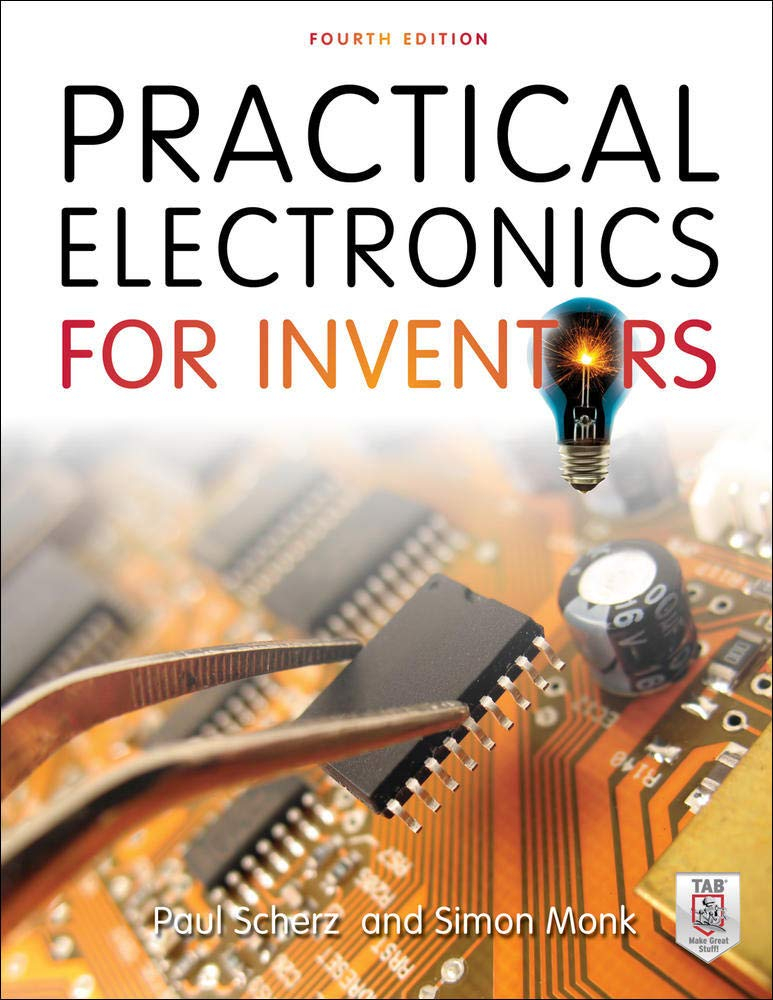
https://www.amazon.com/ 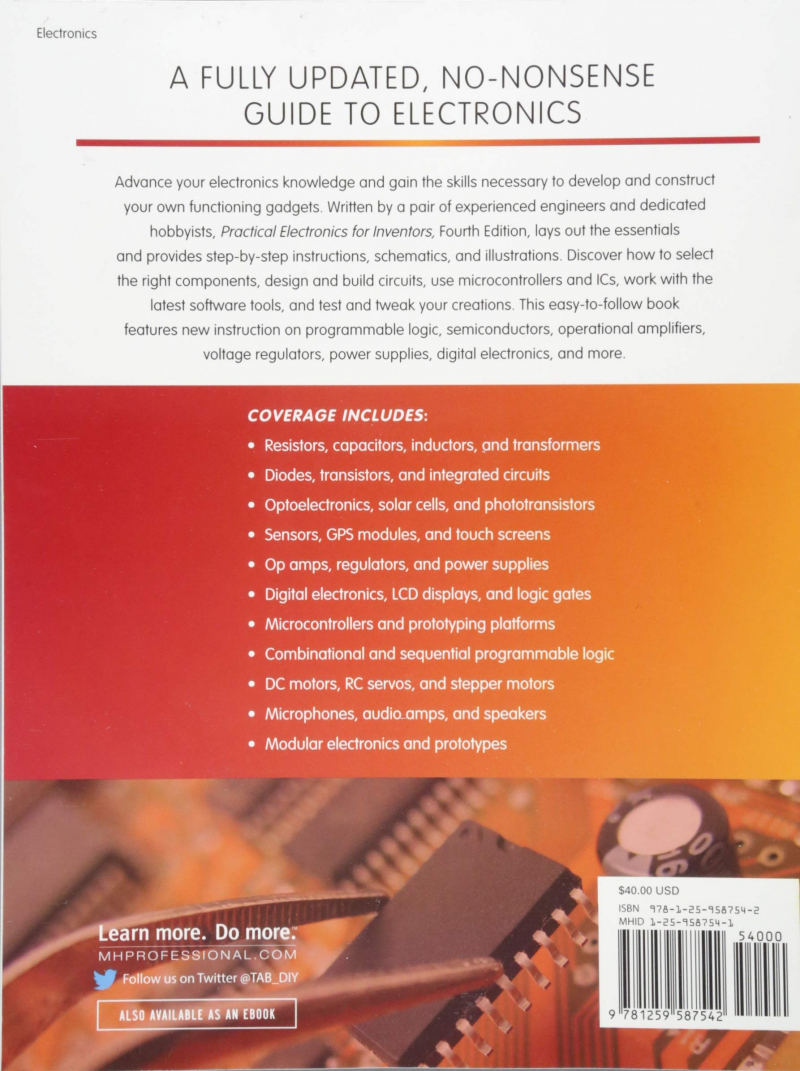
https://www.amazon.com/ -
Doug Lowe still has the electronics experimenter's kit that his father gave him when he was ten years old. Doug never forgot his original love: electronics, despite becoming a programmer and authoring books on numerous programming languages, Microsoft Office, web development, and PCs.
If you know your way around a breadboard but want to take your hobby electronics talents to the next level, this is the only book you'll need. Electronics All-in-One For Dummies has done the groundwork for you, bringing everything you need to improve your experience as an electronics enthusiast together in one accessible location.
Written by electronics expert and seasoned For Dummies author Doug Lowe, this easy-to-understand reference covers topics like as circuits, schematics, voltage, and safety considerations. Furthermore, it allows you to have a lot of fun getting your hands dirty while working with the Raspberry Pi, producing special effects, building your own entertainment devices, repairing existing electronics, learning to solder safely, and much more.
- Make your own circuit diagrams and breadboards.
- Learn how to make circuits.
- Take on analog, digital, and automotive electronics.
- Deconstruct and comprehend perplexing electronics concepts
Look no further if you're obsessed with all things electronic! This thorough guide is jam-packed with all the electronics goodies you'll need to spice up your game!
Author: Doug Lowe
Link to buy: https://www.amazon.com/dp/1119320798
Ratings: 4.6 out of 5 stars (from 634 reviews)
Best Sellers Rank: #142,841 in Books
#23 in Single Board Computers (Books)
#31 in Electric Energy
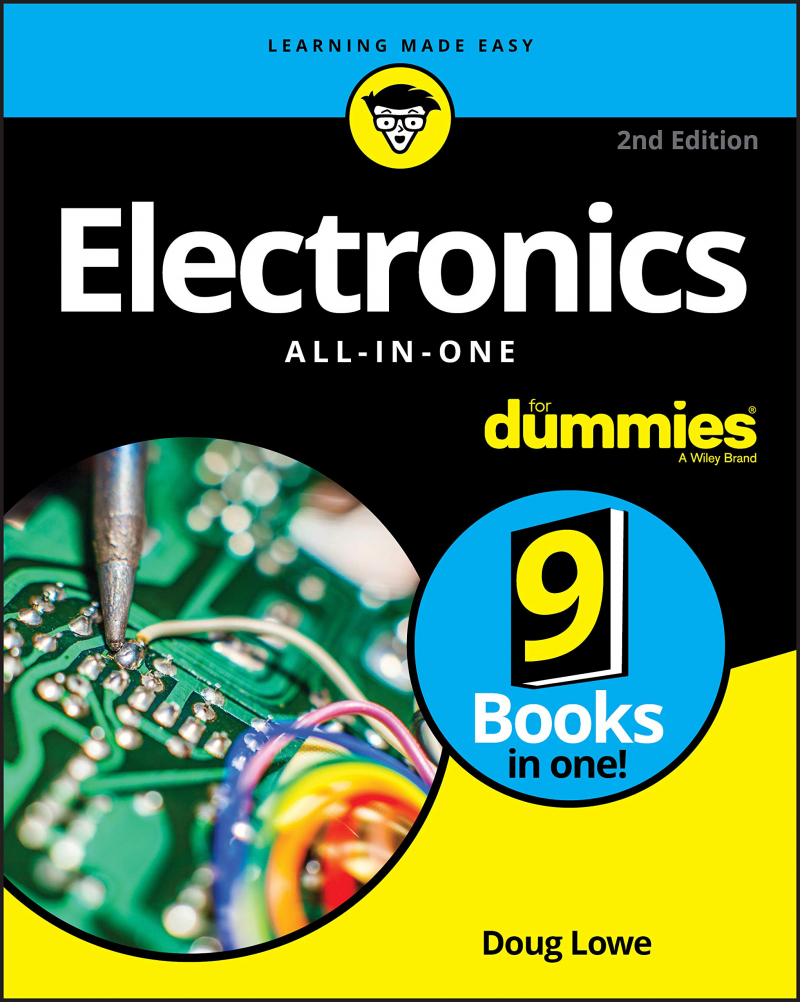
https://www.amazon.com/ 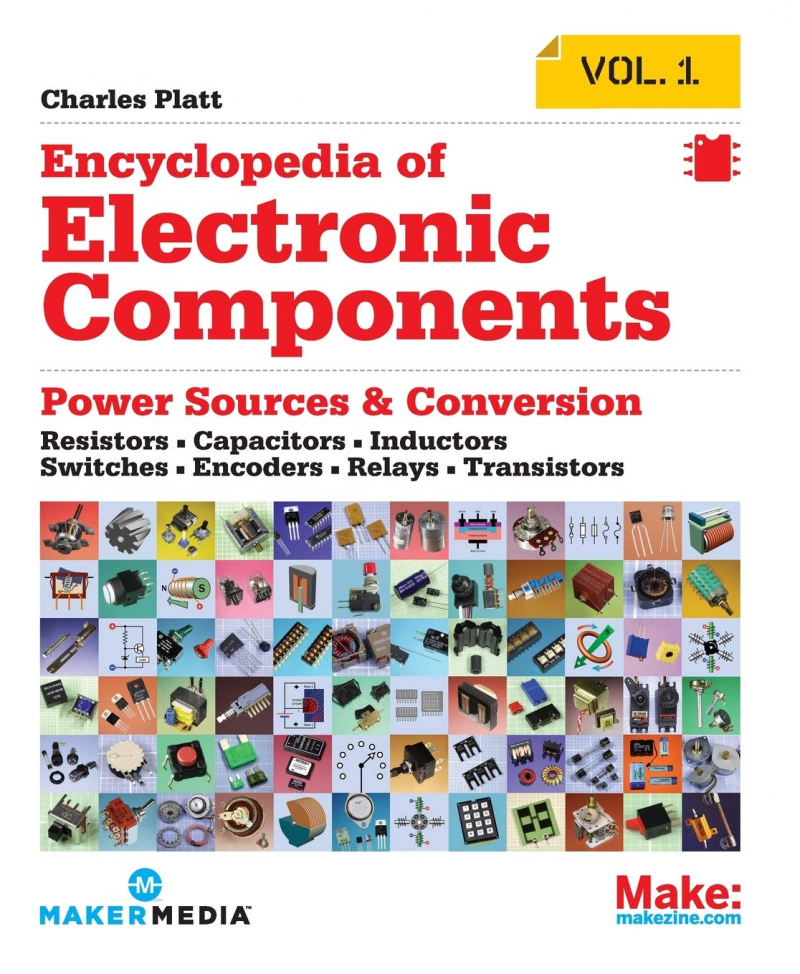
https://www.amazon.com/ -
Charles Platt is a Make magazine Contributing Editor and regular columnist who writes about electronics. He is the best-selling author of the basic hands-on book Make: Electronics and its sequel, Make: More Electronics.
Do you want to learn how to operate an electronic component? Encyclopedia of Electronic Components- a three-volume set contains critical information on electronic parts for your projects, replete with images, schematics, and diagrams. You'll discover what each one does, how it works, why it's useful, and what variations are available. You'll discover amazing features you've never seen before, no matter how much you know about electronics.
This reference puts reliable, fact-checked information right at your fingertips, whether you're refreshing your memory or exploring a component for the first time. It's ideal for teachers, hobbyists, engineers, and students of all ages. Beginners will readily grasp key principles, while more experienced users will find the exact details needed for their projects.
- The first and only encyclopedia series on electronic components, divided into three volumes.
- Exceptionally detailed: incorporates data culled from hundreds of sources.
- Simple to navigate: pieces are clearly sorted by component type.
- Expert advisors have fact-checked the content to verify that it is both current and accurate.
- Reliable: more consistent than online sources, product datasheets, and manufacturer's instructions.
- Instructive: each component description includes information on substitutes, common issues, and workarounds.
- Power, electromagnetism, and discrete semi-conductors are covered in Volume 1; integrated circuits, as well as light and sound sources, are covered in Volume 2; and sensing devices are covered in Volume 3.
Author: Charles Platt
Link to buy:
- Volume 1: https://www.amazon.com/dp/1449333893
- Volume 2: https://www.amazon.com/gp/aw/d/1449334180/
- Volume 3: https://www.amazon.com/Encyclopedia-Electronic-Components-Orientation-Oscillation/dp/1449334318/
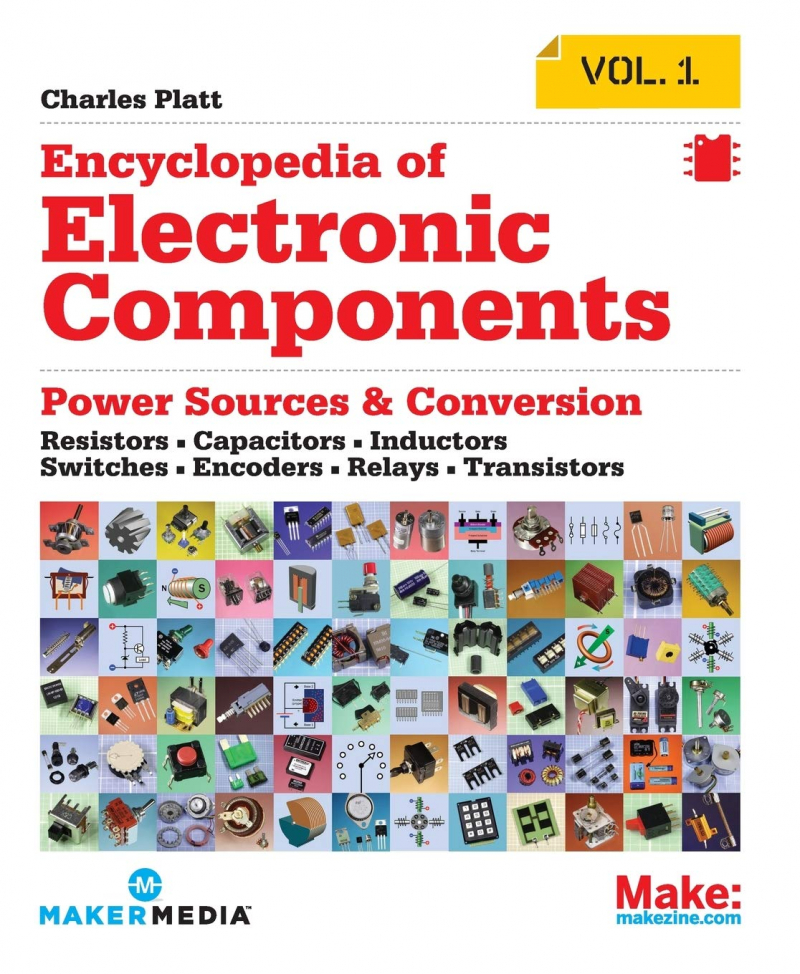
https://www.amazon.com/ 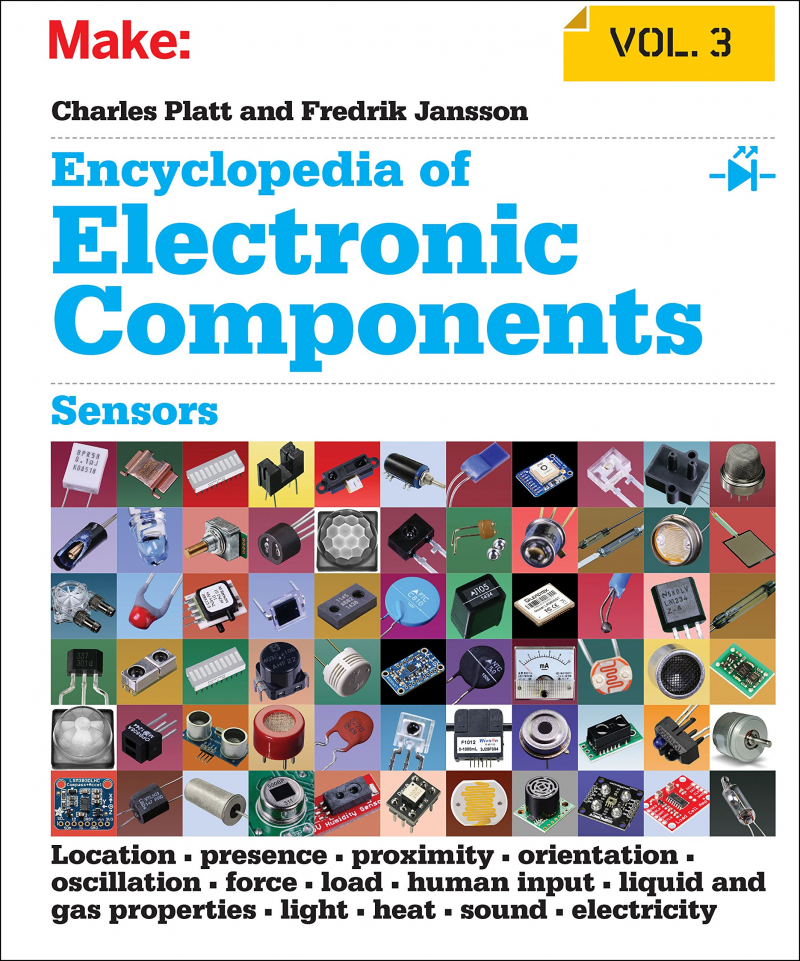
https://www.amazon.com/ -
Stan Gibilisco, a mathematician and electronics engineer, has written or co-written dozens of books, including Ham and Shortwave Radio for the Electronics Hobbyist, Electronics Workshop Companion for Hobbyists, and Making Everyday Electronics Work.
Simon Monk holds a bachelor's degree in cybernetics and a doctorate in software engineering. Programming Arduino: Getting Started with Sketches, 30 Arduino Projects for the Evil Genius, Hacking Electronics, and Fritzing for Inventors are among his many books.
Learn the foundations and applications of electricity and electronics without taking a formal course.
The completely updated guide Teach Yourself Electricity and Electronics provides practical, easy-to-understand education in electricity and electronics. Teach Yourself Electricity and Electronics, Sixth Edition, written by a pair of experienced educators, includes plain language explanations and step-by-step tutorials that make it easy to master the content quickly. Detailed graphics, practical examples, and self-tests reinforce essential concepts throughout. There's all-new coverage on switching power supplies, class-D amplifiers, lithium-polymer batteries, microcontrollers, and even the Arduino electronics platform within. The book is among the best books on electronics you should read.
Author: Simon Monk and Stan Gibilisco
Link to buy: https://www.amazon.com/dp/1259585530
Ratings: 4.7 out of 5 stars (from 213 reviews)
Best Sellers Rank: #101,619 in Books
#21 in Physics of Electricity
#26 in Electrical & Electronic Circuits
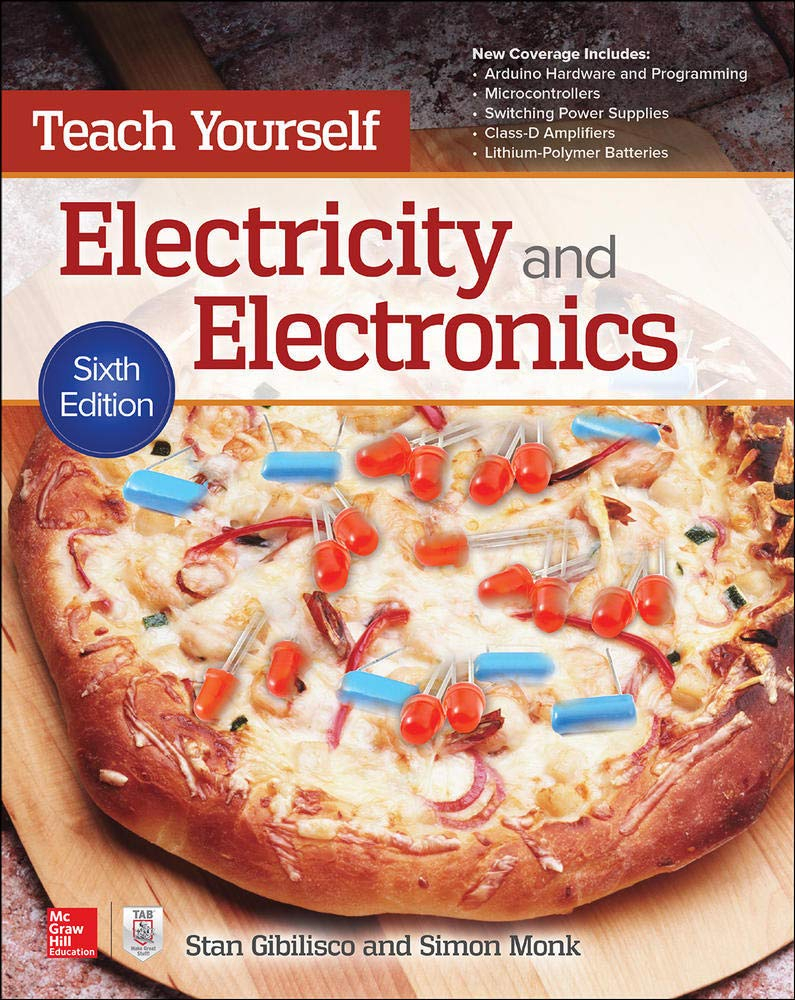
https://www.amazon.com/ 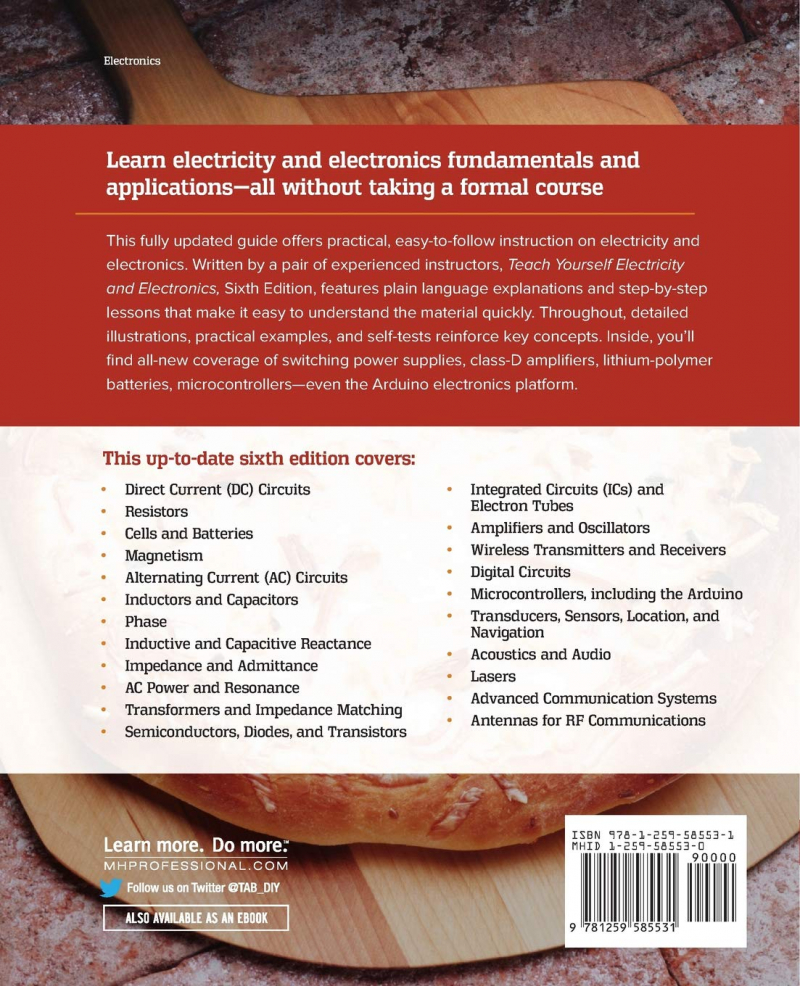
https://www.amazon.com/ -
Charles Platt is a Make magazine Contributing Editor and regular columnist who writes about electronics. He is the author of the highly successful basic hands-on book Make:Electronics, and he is currently working on this sequel as well as volumes 2 and 3 of the Encyclopedia of Electronic Components.
Want to learn more about electronics in a fun, hands-on environment? You're ready for Make: More Electronics if you completed the tasks in Make: Electronics or if you're already familiar with the information in that book. You'll begin working on real projects right away, exploring all of the important components and essential ideas through the book's collection of experiments. You will first create the circuits, then study the theory behind them!
You'll work with components such as comparators, light sensors, higher-level logic circuits, multiplexers, shift registers, encoders, decoders, and magnetic sensors, continuing where Make: Electronics left off. You'll also learn about acoustic amplification, randomness, and positive and negative feedback. This book will help you use – and comprehend – intermediate to advanced electronics principles and techniques by providing step-by-step instructions and hundreds of color images and diagrams.
Author: Charles Platt
Link to buy: https://www.amazon.com/Make-Electronics-Journey-Amplifiers-Randomicity/dp/1449344046/
Ratings: 4.7 out of 5 stars (from 447 reviews)
Best Sellers Rank: #47,037 in Books
#1 in Optoelectronics
#1 in Solid State Electrical Engineering (Books)
#2 in Transistors Electrical Engineering (Books)
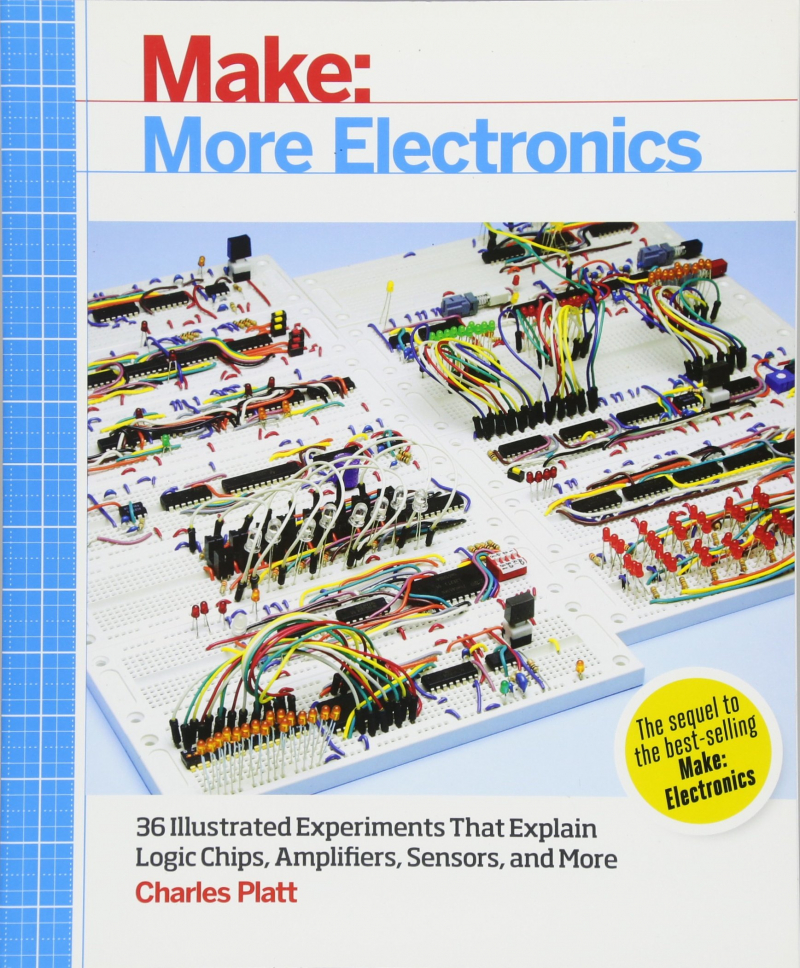
https://www.amazon.com/ 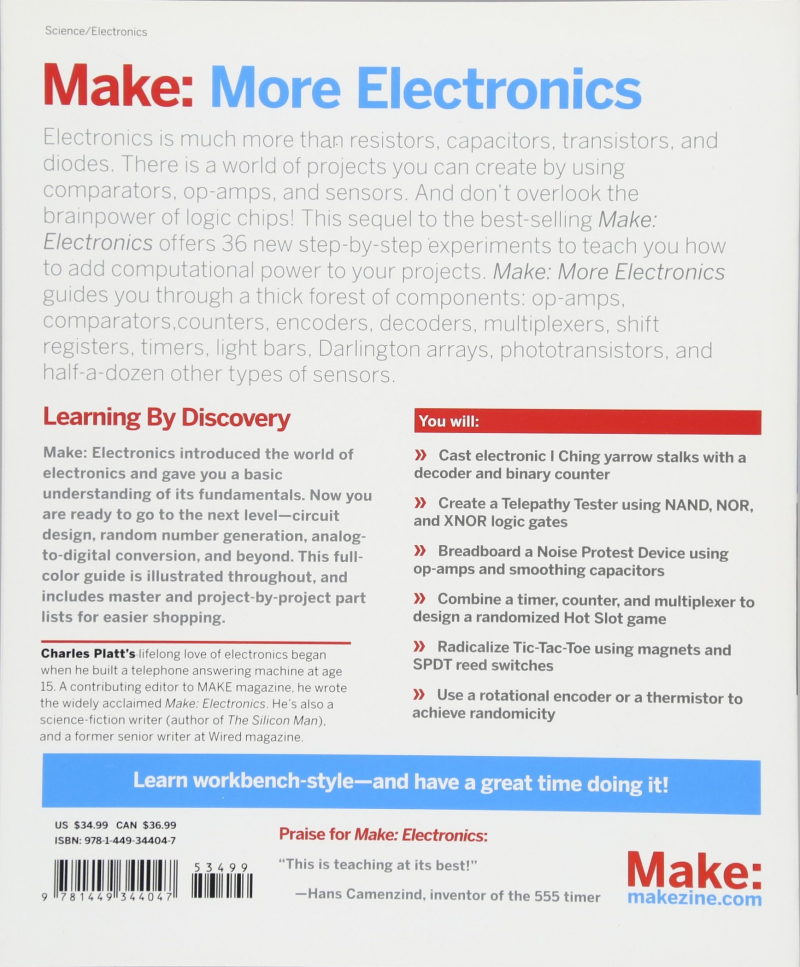
https://www.amazon.com/ -
Darren Ashby is an EE turned Director, a jack of all trades master of none, and now an author thanks to spell checking. This very successful book was written by him.
Among the best books on electronics, Electrical Engineering 101 teaches the fundamental theory and practice of electronics, beginning with a response to the question "What is electricity?" It then goes on to describe the underlying ideas and components, always linking them to real-world instances. Tools and troubleshooting sections provide engineers with a deeper understanding and the know-how to construct and maintain their own electronic design projects.
Unlike other publications that simply describe electronics and provide step-by-step assembly instructions, Electrical Engineering 101 digs into how and why electricity and electronics function, providing the reader with the skills to advance their electronics education. It is written in a straightforward manner, explaining jargon, technical phrases, and schematics as they appear. The author develops a thorough understanding of the principles and demonstrates how they can be applied to a variety of engineering challenges.
This third edition offers more real-world examples and a mathematical glossary. It includes new coverage of:
- Microcontrollers
- FPGAs
- Classes of components
- Memory (RAM, ROM, etc.)
- Surface mount
- High speed design
- Board layout
- Advanced digital electronics (e.g. processors)
- Transistor circuits and circuit design
- Op-amp and logic circuits
- Use of test equipment.
Author: Darren Ashby
Link to buy: https://www.amazon.com/Electrical-Engineering-101-Everything-Probably/dp/0123860016/
Ratings: 4.4 out of 5 stars (from 333 reviews)
Best Sellers Rank: #51,615 in Books
#3 in Microelectronics
#5 in Circuit Design
#7 in Electric Machinery & Motors
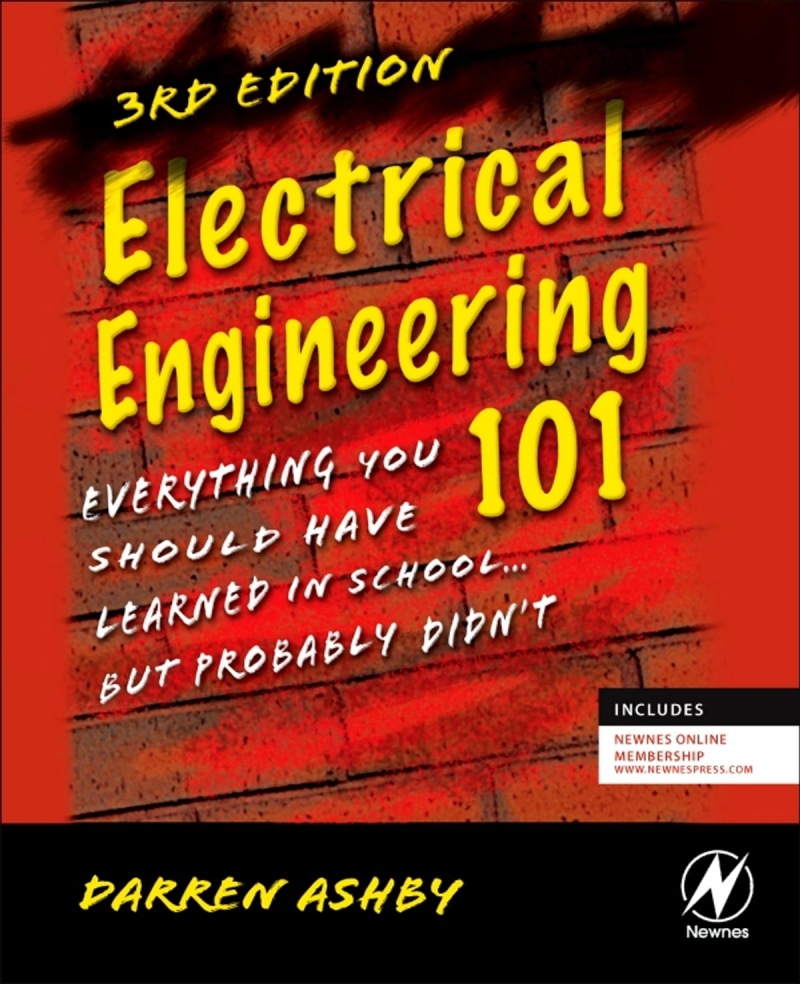
kobo.com 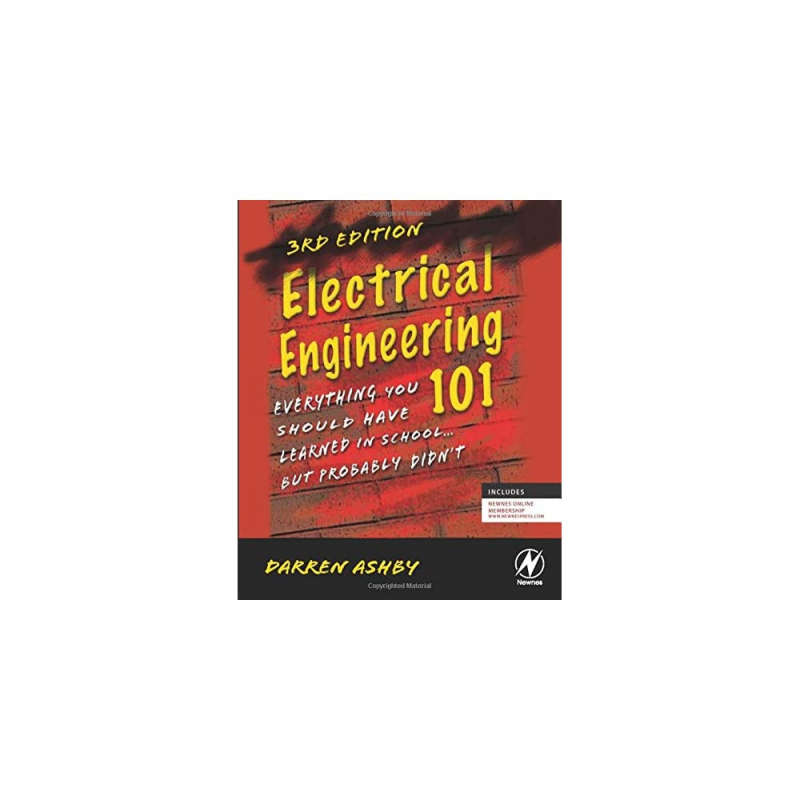
ubuy.ci -
Electronics can be traced back to 1874, when Irish physicist George Johnstone Stoney (1826-1911) proposed that electricity must be "made" from microscopic electrical charges. He created the term "electron" twenty years later.
Following Stoney's discovery, interest in electronics grew progressively throughout the decades. At Bell Labs in 1947, William Shockley, John Bardeen, and Walter Brattain invented the transistor, which transformed the computer industry by replacing fragile, power hungry valves with considerably smaller and more dependable devices. Computers got more powerful and smaller during the 1950s and 1960s, eventually leading to the advent of the home personal computer (PC) in the 1970s.
Today, electronic devices are all around us... computers, cell phones, televisions, calculators, hearing aids, and automobiles are just a few examples of electronic devices that are used in everyday life in the twenty-first century.
The goal of Electronics for Absolute Beginners is to introduce those who have no prior knowledge of electronics to the subject. If you have no idea what a prototyping breadboard is or what a resistor or diode does, this book will help you get a basic understanding of what electronics components exist and what they are used for. You will also learn how to put such components together to make electronic circuits.
Although the information is presented in a logical order, you can pretty much jump around from chapter to chapter as you choose, picking out the content that is most interesting to you.
Electronics for Absolute Beginners is divided into two sections: the first introduces the topic of electronics, and the second includes a variety of simple circuits to design and build. The book is among the best books on electronics for beginners.
Author: Philip Dixon
Link to buy: https://www.amazon.com/Electronics-Absolute-Beginners-Philip-Dixon-ebook/dp/B07GDTYJTG/
Ratings: 4.5 out of 5 stars (from 343 reviews)
Best Sellers Rank: #85,826 in Kindle Store
#2 in Circuit Engineering
#14 in Electrical & Electronic Circuits
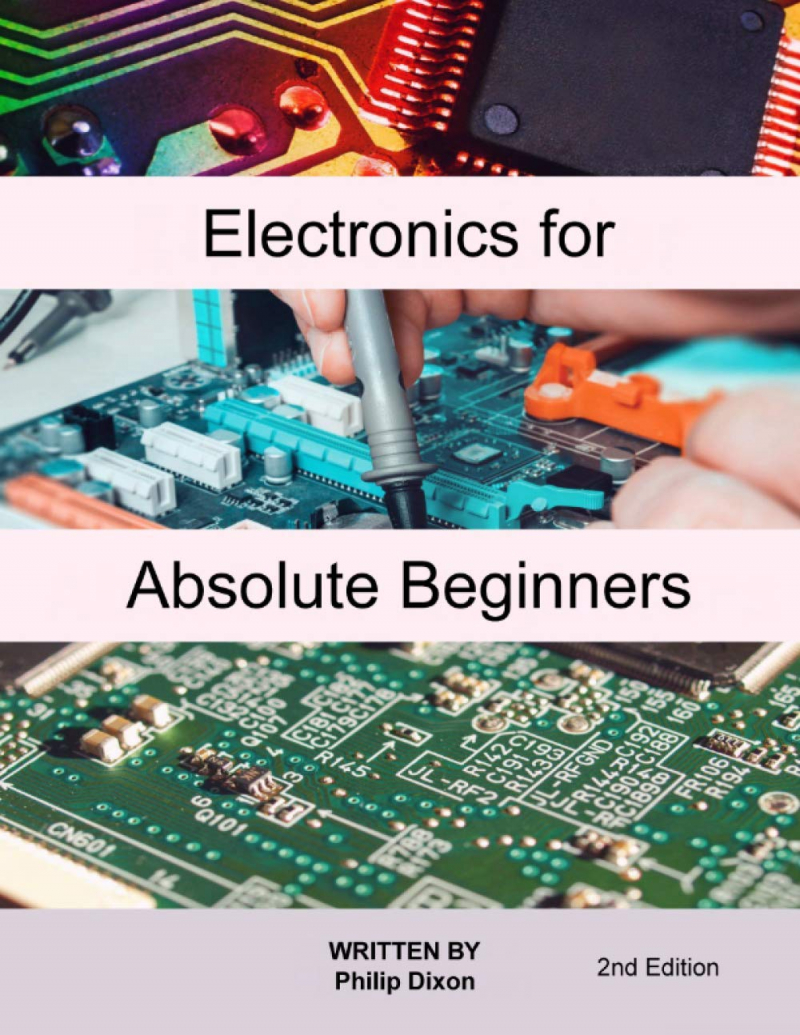
https://www.amazon.com/ 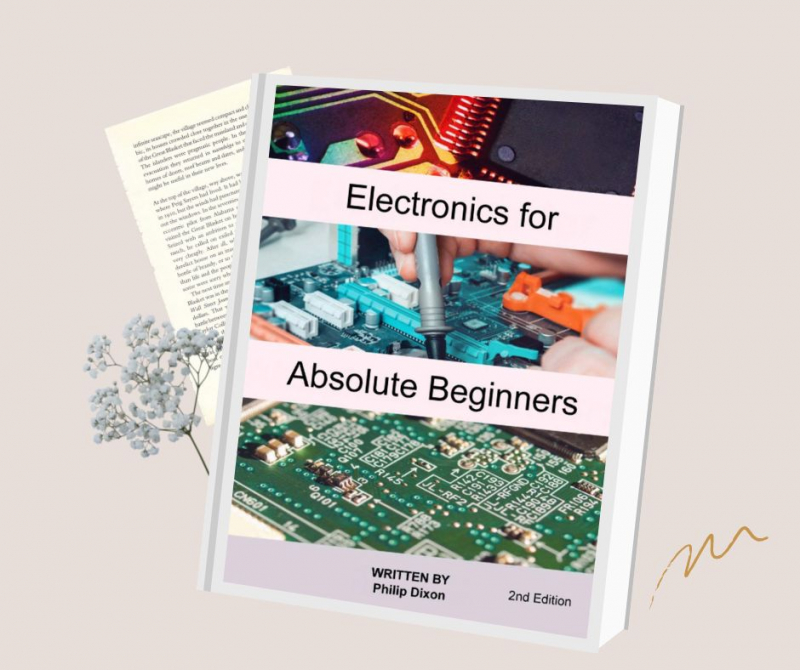
https://www.amazon.com/












